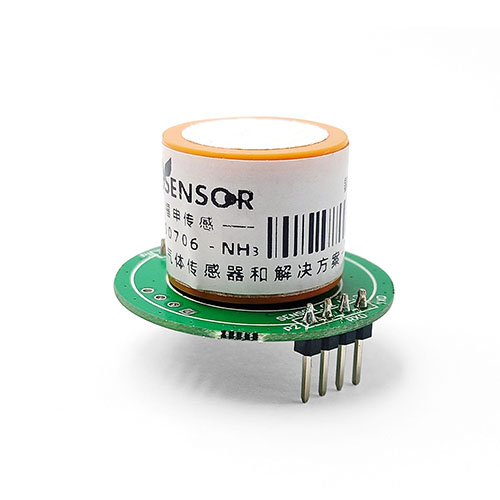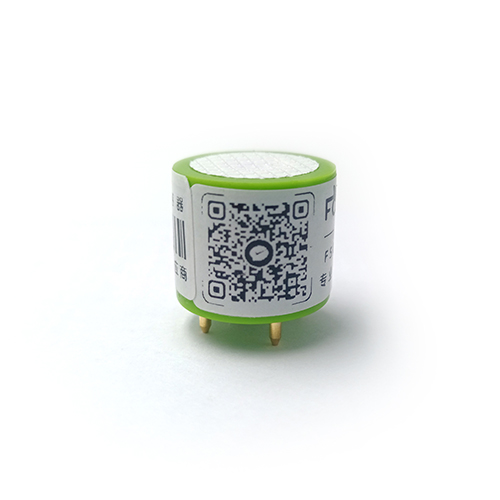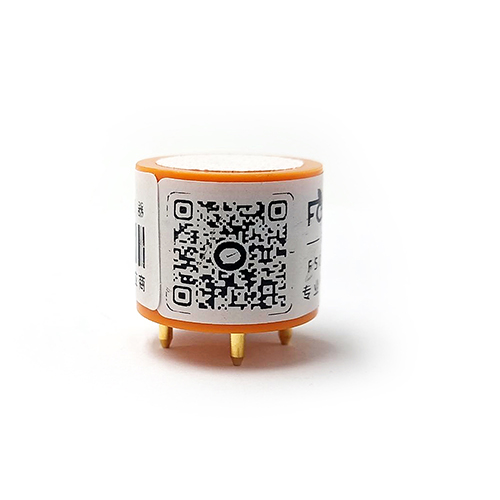Design of papermaking pollution gas monitoring system
Papermaking is one of the industries that produces a large amount of polluting gases during the production process. The most important polluting gases are ammonia, methyl mercaptan, and hydrogen sulfide. These gases not only pollute the environment, but also cause harm to the human body. Therefore, the design of papermaking pollution gas monitoring system is crucial to protect the production environment and human health.
This article will introduce the design ideas, technical principles, system design and implementation methods of the papermaking pollution gas monitoring system.

Design ideas
The design of the papermaking pollution gas monitoring system needs to consider the following aspects:
1.Sensor selection: Select the appropriate sensor according to the gas characteristics of the monitored object. For example, the NH3 Ammonia Gas Sensor Module can choose a chemical sensor, the methylmercaptan sensor can choose an infrared sensor, and the H2S Hydrogen Sulfide Gas Sensor can choose an electrochemical sensor.
2.Data collection and processing: Choose an appropriate data collection and processing system to process the data collected by the sensor and generate a monitoring report.
3.System architecture design: Design system architecture, including data collection, transmission, storage, data processing, communication, etc.
4.System function design: Design system functions based on monitoring objects and monitoring requirements, including gas detection, data recording, data analysis, report generation, etc.

Technical principles
The papermaking pollution gas monitoring system uses chemical sensor technology to detect gases generated during the papermaking production process through detection sensors, and transmits the detection data to the central data processing platform in real time.
1.Sensor selection
Choose appropriate sensors according to different aspects of paper production. For example, in the paper manufacturing process, ammonia gas sensors are mainly used to detect ammonia gas. In paper processing, infrared sensors are mainly used to detect gases such as methyl mercaptan and hydrogen sulfide.
2.Data collection and processing
Collect on-site sensor data and transmit the data to the central data processing platform through the data acquisition card. Process the collected data and generate monitoring reports.
3.System architecture design
The system adopts a distributed architecture, and data collection, transmission, storage, data processing, communication and other aspects are implemented using computer network technology.

System design
The design of the papermaking pollution gas monitoring system mainly includes the following aspects:
1.Sensor installation: According to different aspects of paper production, sensors are installed inside the paper machine or on the processing line.
2.Data collection: Use a data collection card to upload the data collected by the sensor to the central data processing platform.
3.System architecture design: Using a distributed architecture, data collection, transmission, storage, data processing, communication and other aspects are implemented using computer network technology.
4.System function design: Design system functions based on monitoring objects and monitoring requirements, including gas detection, data recording, data analysis, report generation, etc.
5.System software design: Based on the system function design, develop corresponding software to realize sensor data collection, processing, transmission, storage, report generation and other functions.

System implementation
1.Sensor installation: Use the sensor bracket and sensor card to install the sensor inside the paper machine or on the processing line.
2.Data collection: Use a data collection card to upload the data collected by the sensor to the central data processing platform.
3.System architecture design: Using a distributed architecture, data collection, transmission, storage, data processing, communication and other aspects are implemented using computer network technology.
4.System function design: Design system functions based on monitoring objects and monitoring requirements, including gas detection, data recording, data analysis, report generation, etc.
5.System software design: Based on the system function design, develop corresponding software to realize sensor data collection, processing, transmission, storage, report generation and other functions.
6.System operation: After the system is running, the on-site sensor data is collected through the data acquisition card, the data is processed through the central data processing platform, a monitoring report is generated, and the monitoring data is analyzed.
7.System maintenance: During the operation of the system, the system should be maintained and maintained regularly to ensure the normal operation of the system.
The design and implementation of the papermaking pollution gas monitoring system is a key technology to protect the papermaking production environment and human health. Its design ideas, technical principles, system design and implementation methods have important theoretical and practical significance.





